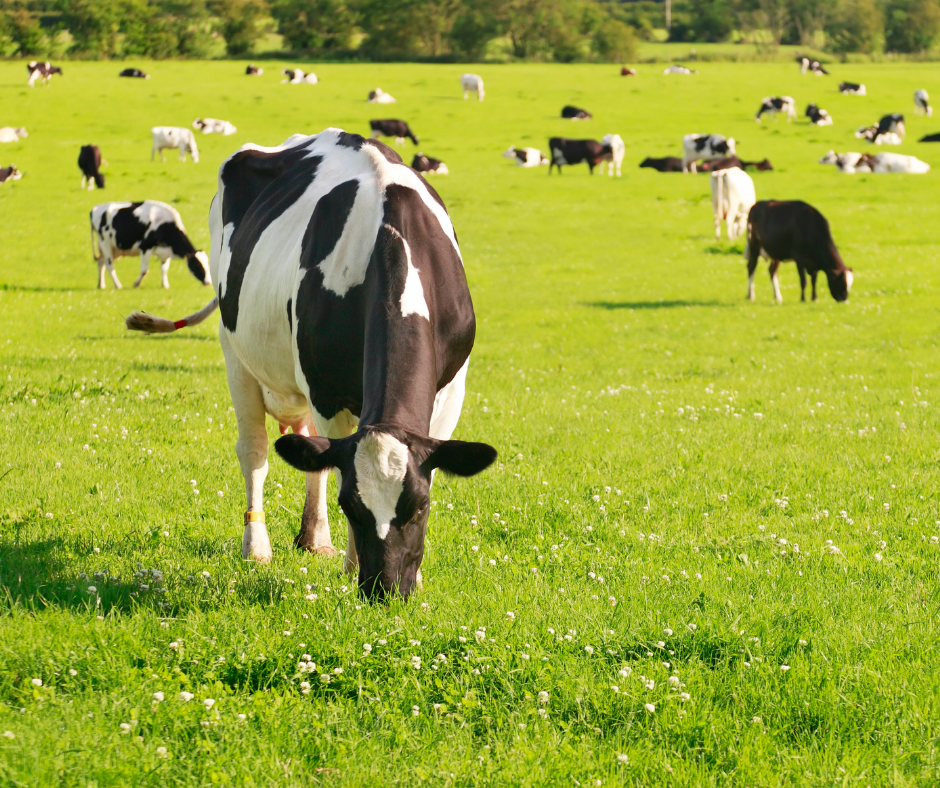



Plan herd micronutrition to avoid deficiencies at turnout
Dairy and beef farmers are being advised to check the trace element and vitamin status of both cows and youngstock ahead of spring turnout and consider supplementation options to minimise the risk of deficiencies which can impact on health, growth and fertility.
Tim Sandles, business development manager at B2B Nutrition, the trade arm of the Denis Brinicombe Group, says that it’s important that farmers tailor micronutrient supplementation to their animals’ needs as requirements can vary depending on the animals’ stage of production and nutrient levels in forage or grazing.
“Turnout is a critical time for all animals, especially youngstock, with micronutrient efficiencies being a risk, as they move from a formulated ration to a purely pasture-based diet,” he explains. “Therefore, planning trace element and vitamin supplementation should be included alongside major decisions such as timing of turnout, grazing plans, worming and vaccination programmes.”
The essential trace elements for cattle are cobalt, selenium, copper, manganese, iodine and zinc, along with vitamins A, D3 and E.
“Iodine and selenium are the most crucial to maintain fertility and calving ease, while cobalt is particularly important to youngstock at turnout, as it’s needed to produce vitamin B12 which is involved in energy metabolism to help support growth rates.”
When considering trace element and vitamin supplementation, farmers are encouraged to consider any additional nutrition which the animals are receiving, combined with the history of any known deficiencies in previous years. This will allow them to choose a source of supplementation with a balance of micronutrients most suitable for their herd and pasture explains Mr Sandles.
 Bolusing is a good option to consider for micronutrient delivery as it is long-lasting and provides a consistent supply of essential trace elements and vitamins throughout the grazing season. The continuous release of trace elements and vitamins, ensures that each animal is receiving an adequate daily amount of micronutrients. Mr Sandles adds that the cost can be lower compared to other inputs, at just a few pence per head per day.
Bolusing is a good option to consider for micronutrient delivery as it is long-lasting and provides a consistent supply of essential trace elements and vitamins throughout the grazing season. The continuous release of trace elements and vitamins, ensures that each animal is receiving an adequate daily amount of micronutrients. Mr Sandles adds that the cost can be lower compared to other inputs, at just a few pence per head per day.
“The minimum age at which boluses can be given varies, but the EnduraBol® range can be given to animals from 150kg onwards and, depending on the product can last up to 240 days. Cattle should ideally be bolused four to six weeks before turnout,” says Mr Sandles.
TheCattleSite News Desk


